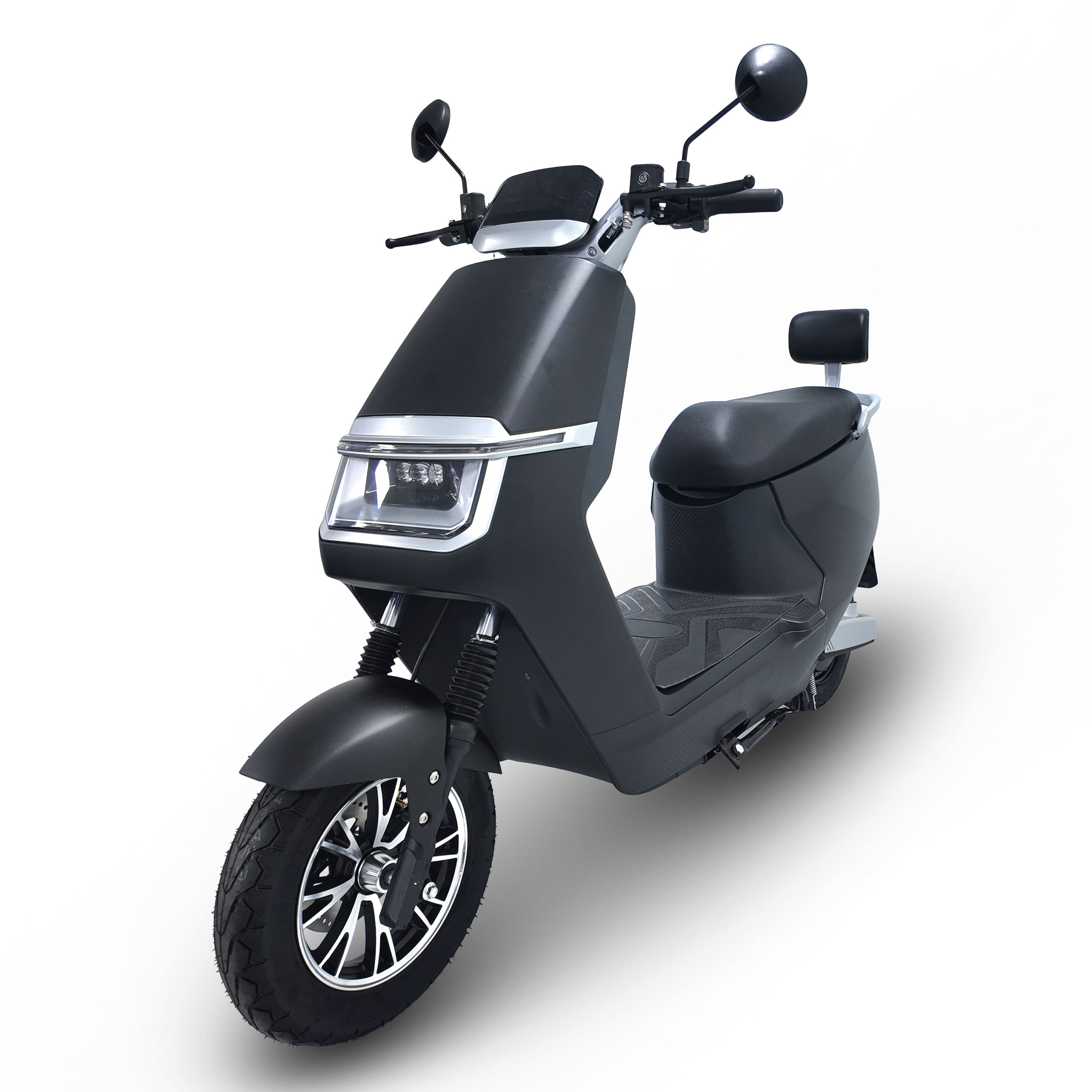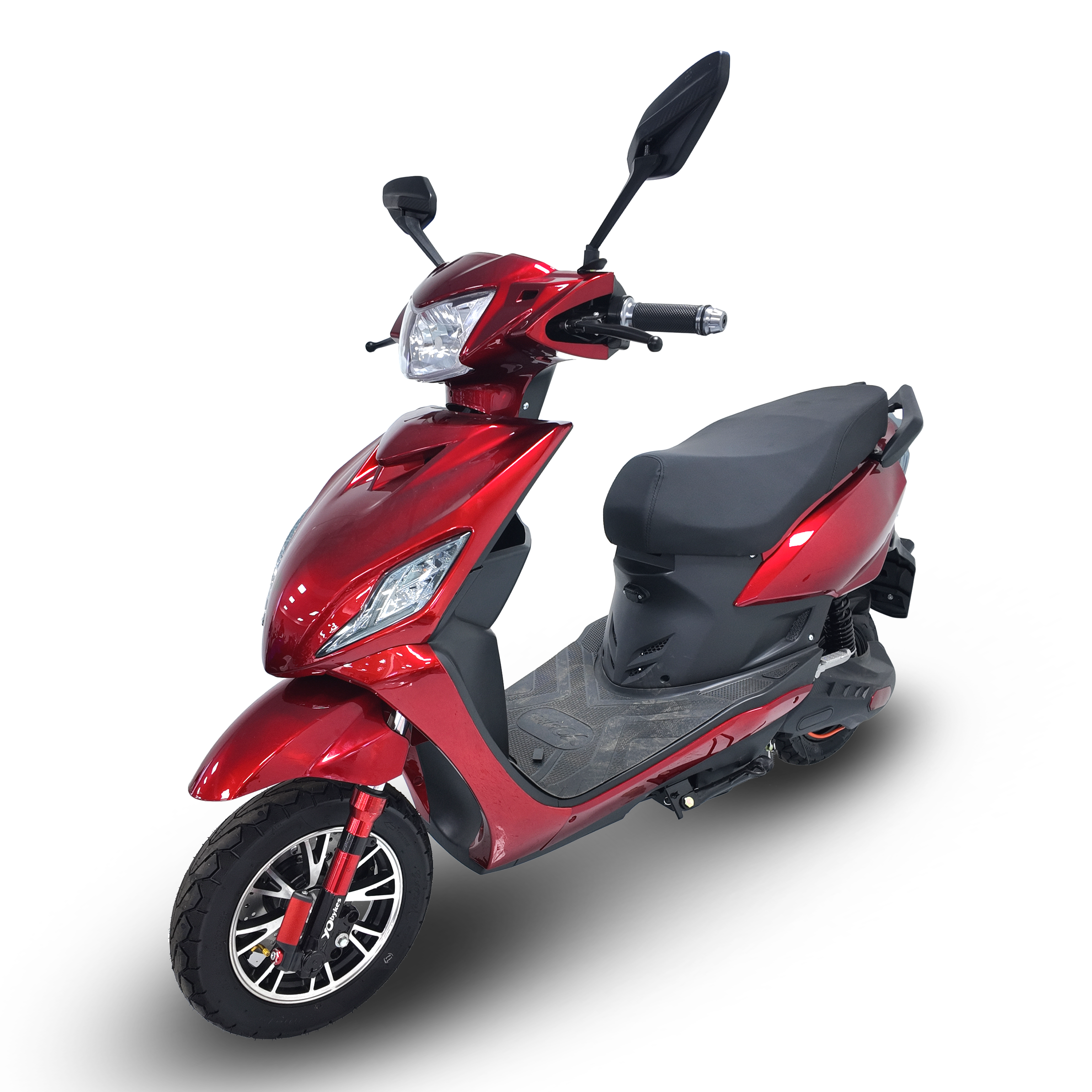Navigating Urban Mobility Solutions in Dense City Centers
The evolution of urban transportation has reached a critical turning point, with electric scooters emerging as a compelling solution for navigating congested city streets. As metropolitan areas worldwide grapple with increasing traffic density, these agile vehicles offer a promising alternative that combines efficiency, sustainability, and practicality. Understanding how to select the right electric scooter for high-traffic environments has become essential knowledge for urban commuters seeking to optimize their daily travels.
The integration of electric scooters into busy urban landscapes requires careful consideration of various factors, from safety features to maneuverability. As cities become increasingly congested, the demand for nimble transportation options continues to rise, making electric scooters an attractive choice for those looking to bypass traffic while maintaining environmental consciousness.
Essential Features for Urban Electric Scooters
Advanced Safety Systems
When selecting electric scooters for high-traffic areas, safety features must be the primary consideration. Modern electric scooters should come equipped with powerful LED lighting systems that ensure visibility during both day and night operations. Dual braking systems, combining electronic and mechanical brakes, provide reliable stopping power essential for navigating unpredictable urban situations.
Premium models now incorporate smart safety features such as automatic speed reduction in designated zones and built-in warning systems that alert riders to potential hazards. These advanced safety mechanisms prove invaluable when weaving through dense traffic patterns and sharing space with various other road users.
Optimal Maneuverability Specifications
The ability to navigate tight spaces and make quick decisions is crucial in high-traffic environments. Electric scooters should feature a responsive steering system and a turning radius that allows for precise control. The ideal wheel size typically ranges between 8.5 to 10 inches, offering the perfect balance between stability and agility.
Suspension systems play a vital role in maintaining control over uneven urban terrain. Quality electric scooters incorporate either front, rear, or dual suspension systems that absorb shock from road imperfections while maintaining stability at various speeds.

Performance Requirements for City Navigation
Battery Life and Range Considerations
Urban commuters need reliable power systems that can handle extended periods of stop-and-go traffic. Modern electric scooters should offer a minimum range of 15-20 miles on a single charge, with premium models extending this to 30-40 miles. The battery capacity must be sufficient to handle multiple trips throughout the day, considering that charging opportunities may be limited in busy urban settings.
Smart battery management systems help optimize power consumption, particularly important when dealing with varying traffic conditions. Features like regenerative braking can help extend range by recovering energy during frequent stops, a common scenario in high-traffic areas.
Speed and Power Management
While high top speeds may seem attractive, the ability to maintain consistent, controlled speeds is more crucial in congested areas. Electric scooters should offer multiple riding modes that allow users to adjust their speed according to traffic conditions. A motor power rating between 350W and 500W typically provides sufficient acceleration and hill-climbing ability for urban environments.
Advanced speed control systems help riders maintain safe velocities when navigating through pedestrian zones or heavy traffic. The ability to quickly adjust speed settings enhances both safety and adaptability in dynamic urban environments.
Urban-Specific Design Elements
Compact Storage Solutions
The practical aspects of storing and transporting electric scooters become particularly relevant in urban settings. Folding mechanisms should be robust yet easy to operate, allowing for quick transitions between riding and carrying modes. The overall weight of the scooter needs to balance portability with structural integrity, typically falling between 26-35 pounds for optimal urban use.
Storage features such as hooks or attachment points for securing personal items prove invaluable during city commutes. The ability to easily store the scooter in tight spaces, whether at home or the office, represents a crucial factor in their practicality for urban users.
Weather Resistance and Durability
Urban environments expose electric scooters to various weather conditions and environmental stresses. High-quality models should feature robust water resistance ratings (minimum IPX5) and corrosion-resistant materials. The frame construction must withstand daily wear while maintaining structural integrity over extended periods of use.
Components such as deck materials and electrical connections should be specifically designed to handle exposure to urban elements, from rain to road salt. Regular maintenance becomes simpler with models featuring protected electronics and easily accessible service points.
Frequently Asked Questions
What speed limits are appropriate for electric scooters in busy urban areas?
Most urban areas recommend maintaining speeds between 10-15 mph in high-traffic zones. While many electric scooters can achieve higher speeds, it's essential to adjust velocity based on current traffic conditions and local regulations. Some cities have specific speed limits for micromobility devices, typically capping at 15-20 mph for safety reasons.
How long does it take to charge an electric scooter for city use?
Charging times typically range from 4-8 hours for a full charge, depending on the battery capacity and charger specifications. Many modern electric scooters feature fast-charging capabilities that can provide an 80% charge in approximately 3-4 hours, making them practical for daily urban commuting.
What maintenance is required for electric scooters used in high-traffic environments?
Regular maintenance should include weekly tire pressure checks, monthly brake inspections, and quarterly thorough cleaning of all components. High-traffic usage requires more frequent inspection of wear items such as brake pads and tires. It's recommended to have professional servicing every 6-12 months, depending on usage intensity and environmental conditions.

